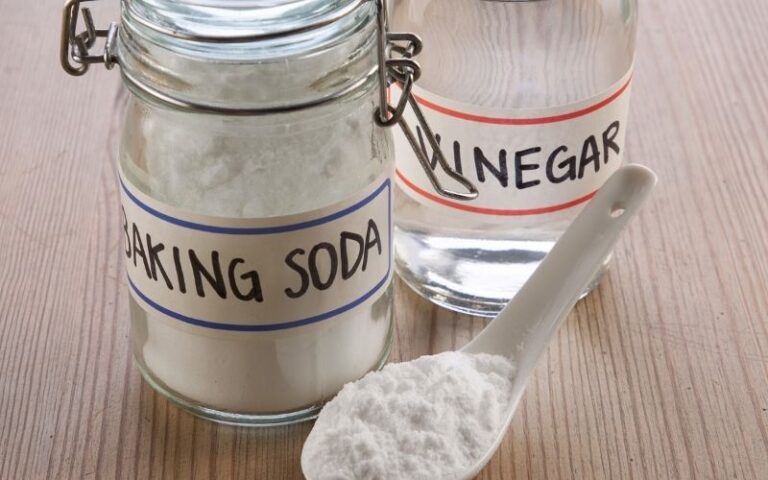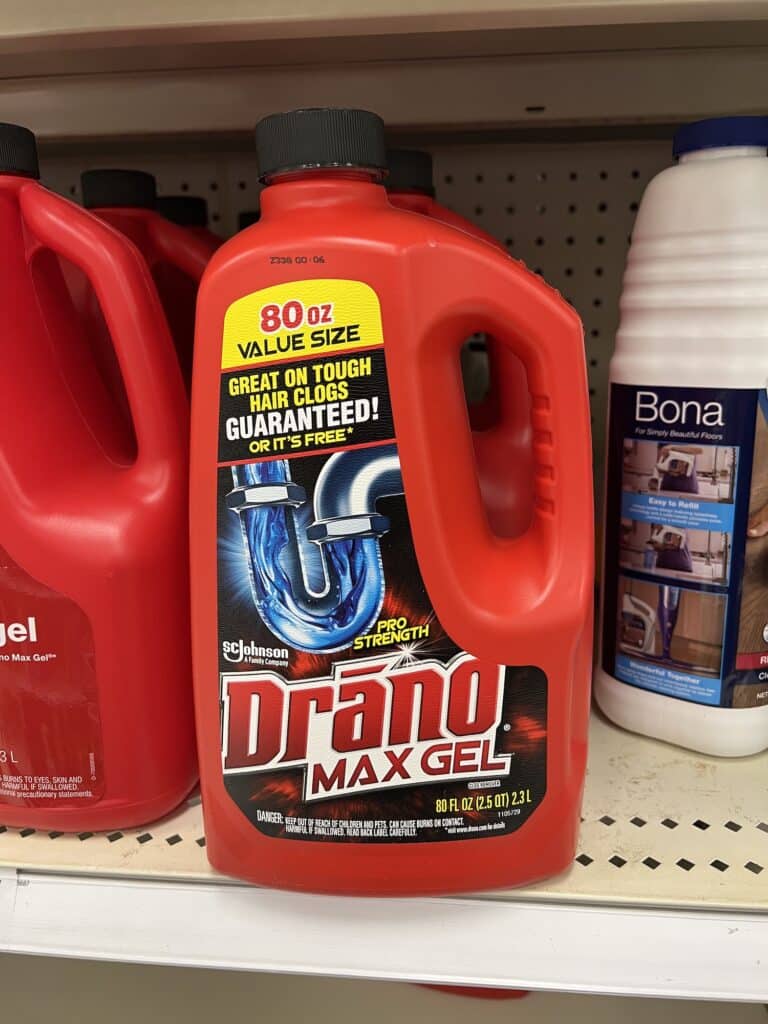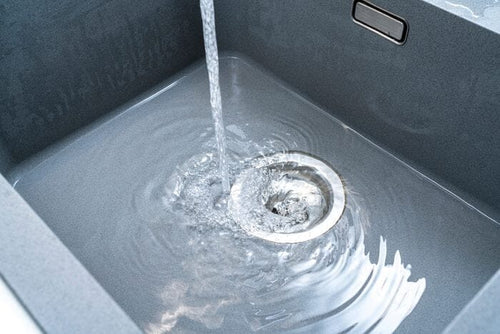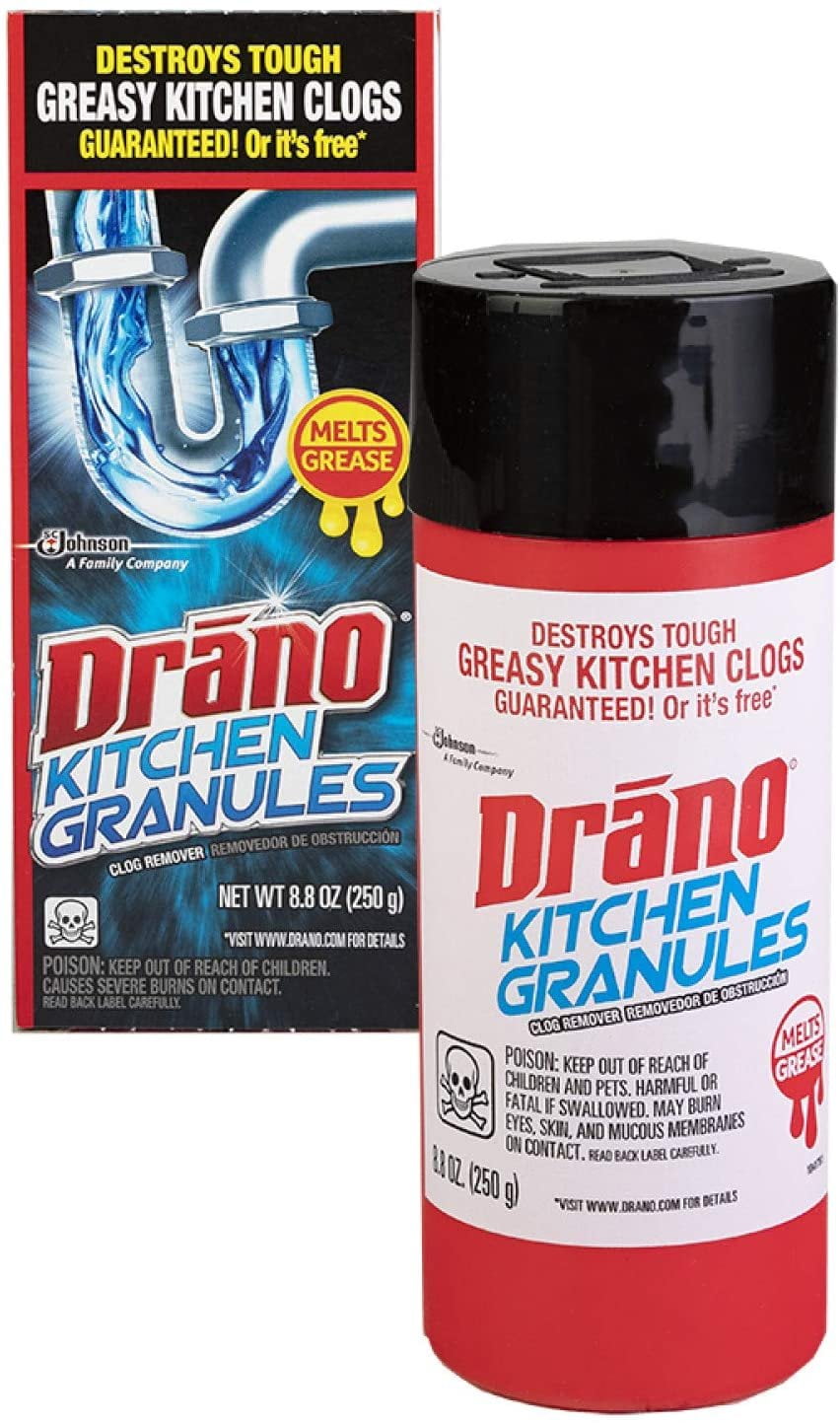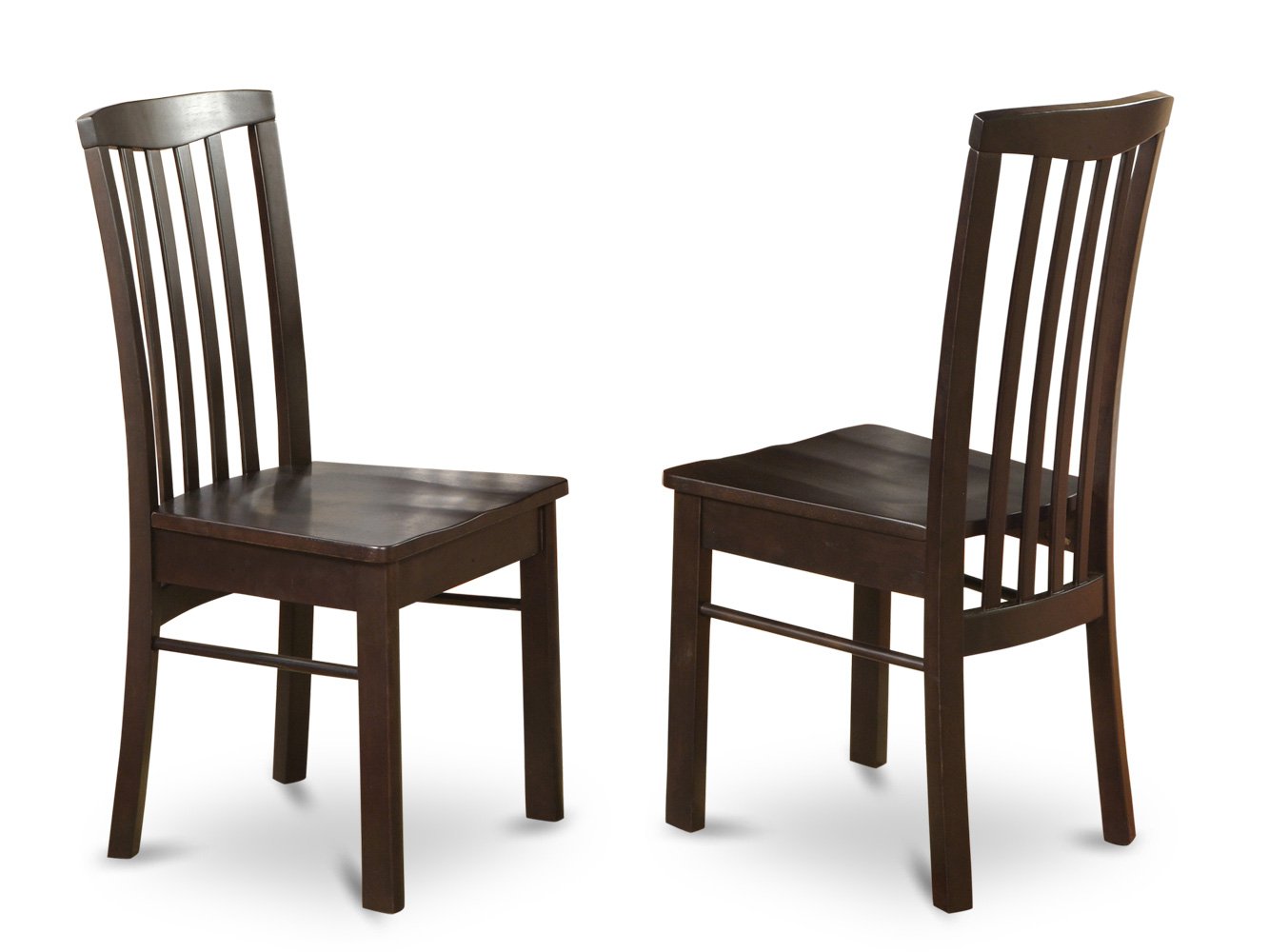Using Drano in a Kitchen Sink: What You Need to Know
Drano is a popular household product that is used to unclog drains and pipes. It works by breaking down the clog and allowing water to flow freely again. However, when it comes to using Drano in a kitchen sink, there are certain things you need to know before pouring it down the drain. In this article, we’ll discuss the dos and don’ts of using Drano in a kitchen sink and provide alternative solutions for unclogging your sink.
How to Use Drano in a Kitchen Sink
If you’re dealing with a clogged kitchen sink, you may be tempted to reach for a bottle of Drano. While it can be effective, it’s important to follow the instructions carefully to avoid any potential hazards. First, make sure to remove any standing water from the sink. Then, pour half a bottle of Drano slowly down the drain. Let it sit for 15-30 minutes before flushing it down with hot water. This should clear out the clog and allow water to flow freely again.
Can You Use Drano in a Kitchen Sink with a Garbage Disposal?
If your kitchen sink has a garbage disposal, you may be wondering if it’s safe to use Drano. The answer is yes, but with caution. Drano can damage the plastic or rubber components of a garbage disposal, so it’s important to use it sparingly and only as a last resort. Additionally, make sure to run cold water while pouring Drano to avoid any potential damage.
Why You Shouldn't Use Drano in a Kitchen Sink
While Drano can be effective in unclogging a kitchen sink, it’s not always the best solution. First and foremost, Drano contains harsh chemicals that can be harmful to both you and the environment. If not used properly, it can also cause damage to your pipes and fixtures. In addition, it may not always be effective in clearing out tough clogs, which can lead to repeated use and potential damage.
Alternatives to Drano for Unclogging a Kitchen Sink
If you’re looking for a safer and more eco-friendly alternative to Drano, there are plenty of options available. One popular method is using a mixture of baking soda and vinegar. Simply pour half a cup of baking soda down the drain, followed by half a cup of vinegar. Let it sit for 15 minutes before flushing it down with hot water. This natural solution is just as effective as Drano without the harmful chemicals.
How to Prevent Clogs in Your Kitchen Sink
Prevention is key when it comes to keeping your kitchen sink from getting clogged. Here are some tips to keep in mind:
The Dangers of Using Drano in a Kitchen Sink
As mentioned earlier, Drano contains harsh chemicals that can be harmful to both you and the environment. In addition, it can also cause damage to your pipes, especially if they are old or made of certain materials such as PVC or metal. The fumes from Drano can also be dangerous if inhaled, so it’s important to use it in a well-ventilated area and avoid contact with your skin.
How to Safely Use Drano in a Kitchen Sink
If you do decide to use Drano to unclog your kitchen sink, make sure to follow these safety tips:
What to Do If Drano Doesn't Work in Your Kitchen Sink
If Drano doesn’t seem to be working in unclogging your kitchen sink, it’s best to stop using it and try alternative methods or call a professional plumber. Repeated use of Drano can cause damage to your pipes and fixtures, leading to costly repairs in the future. It’s always better to try safer and more eco-friendly solutions before resorting to harsh chemicals.
How to Properly Dispose of Drano After Using it in a Kitchen Sink
Once you have successfully unclogged your kitchen sink using Drano, it’s important to dispose of the bottle properly. First, rinse the empty bottle thoroughly with water before recycling it. Do not pour any leftover Drano down the drain, as it can cause damage to your pipes and the environment. If you have any unused Drano, consult with your local waste management for proper disposal methods.
Why Drano Should Not be Used in Kitchen Sinks

Chemicals and Damage to Pipes
 When it comes to clogged kitchen sinks, many people turn to Drano as a quick solution. However, using this chemical can actually cause more harm than good. Drano contains harsh chemicals that can corrode and damage your kitchen sink's pipes, leading to costly repairs in the future. Not only that, but these chemicals can also harm the environment when they are washed down the drain.
When it comes to clogged kitchen sinks, many people turn to Drano as a quick solution. However, using this chemical can actually cause more harm than good. Drano contains harsh chemicals that can corrode and damage your kitchen sink's pipes, leading to costly repairs in the future. Not only that, but these chemicals can also harm the environment when they are washed down the drain.
Ineffectiveness on Certain Clogs
 Another reason why Drano should not be used in kitchen sinks is that it may not effectively unclog certain types of blockages. For example, if your kitchen sink is clogged due to a buildup of grease or food particles, Drano may not be able to dissolve them. This can result in the clog remaining, causing further issues down the line.
Another reason why Drano should not be used in kitchen sinks is that it may not effectively unclog certain types of blockages. For example, if your kitchen sink is clogged due to a buildup of grease or food particles, Drano may not be able to dissolve them. This can result in the clog remaining, causing further issues down the line.
Health Hazards
 Aside from damaging pipes and being ineffective, using Drano in kitchen sinks can also pose a health hazard. The chemicals in Drano can cause irritation to the skin, eyes, and respiratory system. If accidentally ingested, it can also cause severe burns to the mouth and throat. This is especially concerning if you have young children or pets in the house.
Aside from damaging pipes and being ineffective, using Drano in kitchen sinks can also pose a health hazard. The chemicals in Drano can cause irritation to the skin, eyes, and respiratory system. If accidentally ingested, it can also cause severe burns to the mouth and throat. This is especially concerning if you have young children or pets in the house.
Safe and Natural Alternatives
 Fortunately, there are safe and natural alternatives to using Drano in kitchen sinks. Baking soda and vinegar, for example, can be used to create a natural and effective drain cleaner. Simply mix equal parts of baking soda and vinegar, pour it down the drain, and let it sit for 15-20 minutes before flushing with hot water. This method is not only safer for your pipes and the environment, but it is also more cost-effective.
In conclusion, while Drano may seem like a quick and easy solution for clogged kitchen sinks, it is not a recommended method. The harsh chemicals in Drano can cause damage to pipes, be ineffective on certain types of clogs, and pose health hazards. Instead, opt for safer and more natural alternatives to keep your kitchen sink clog-free.
Fortunately, there are safe and natural alternatives to using Drano in kitchen sinks. Baking soda and vinegar, for example, can be used to create a natural and effective drain cleaner. Simply mix equal parts of baking soda and vinegar, pour it down the drain, and let it sit for 15-20 minutes before flushing with hot water. This method is not only safer for your pipes and the environment, but it is also more cost-effective.
In conclusion, while Drano may seem like a quick and easy solution for clogged kitchen sinks, it is not a recommended method. The harsh chemicals in Drano can cause damage to pipes, be ineffective on certain types of clogs, and pose health hazards. Instead, opt for safer and more natural alternatives to keep your kitchen sink clog-free.




